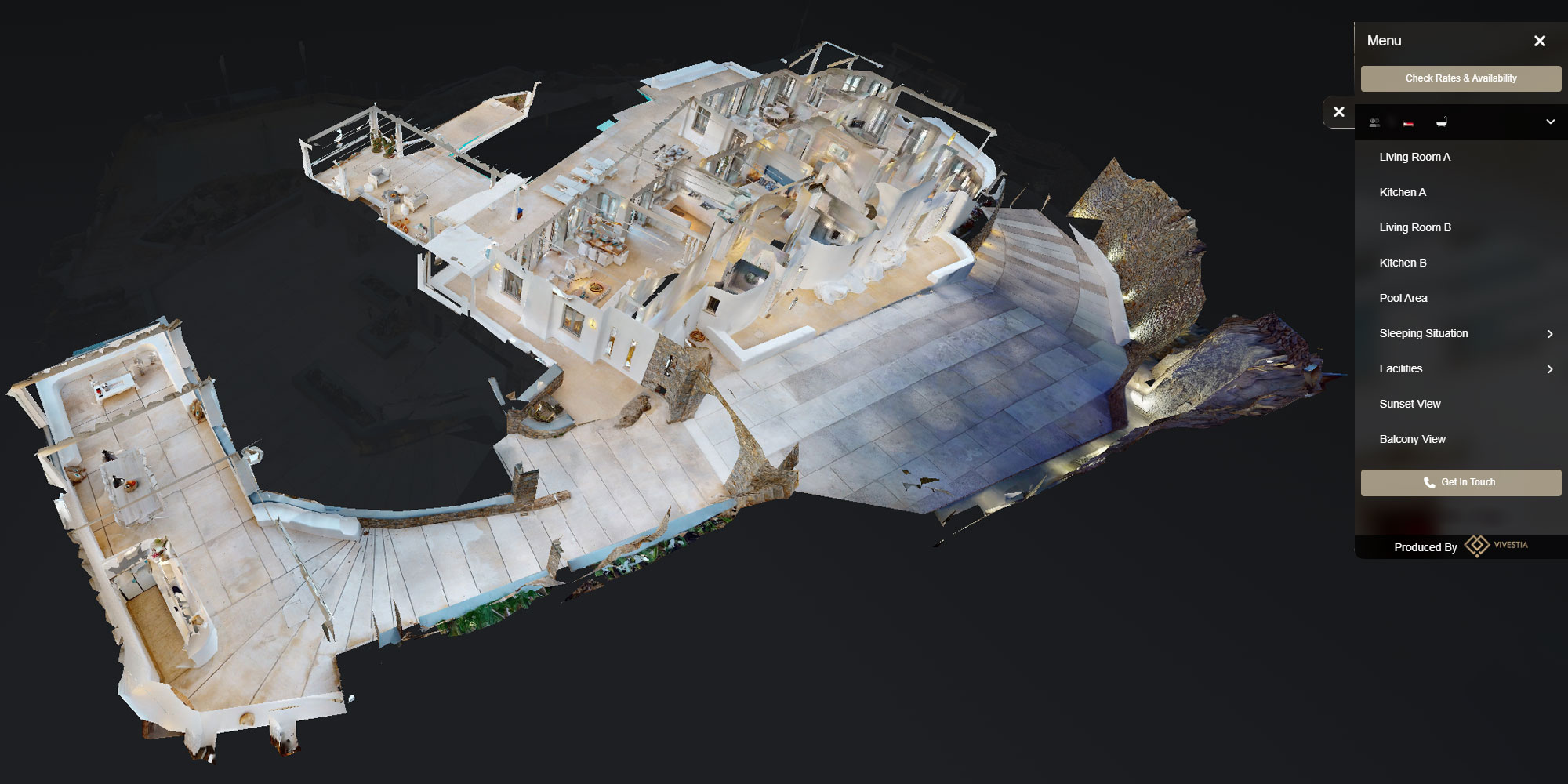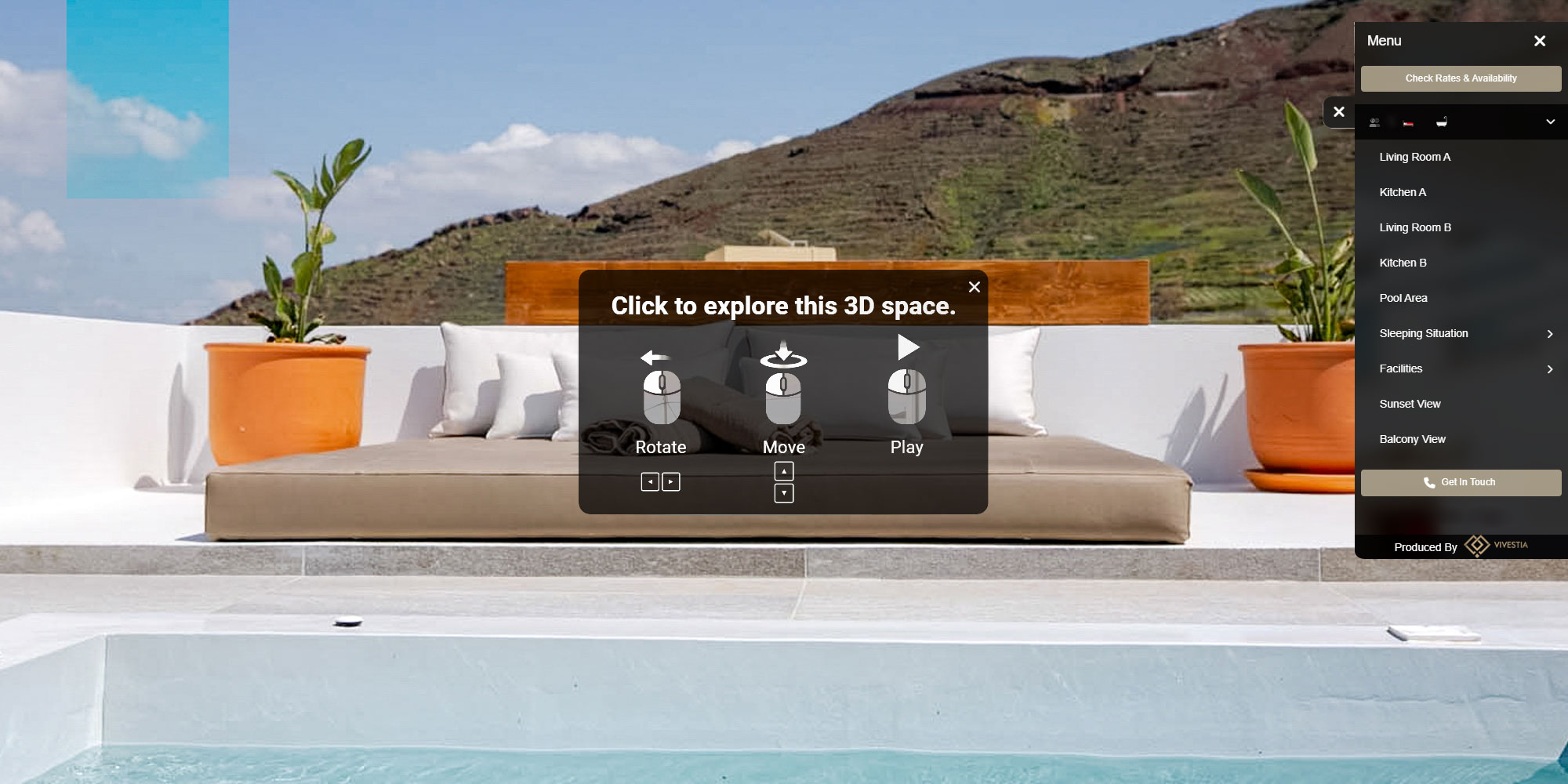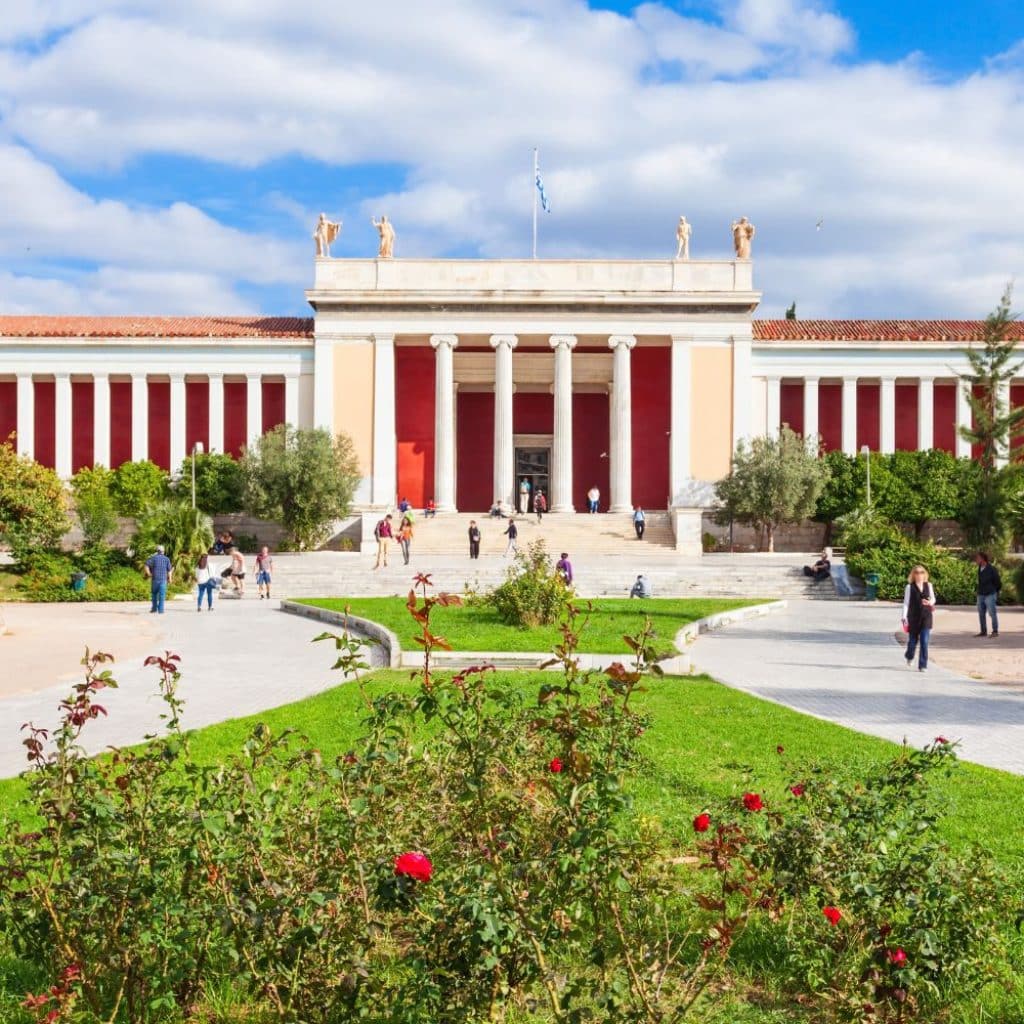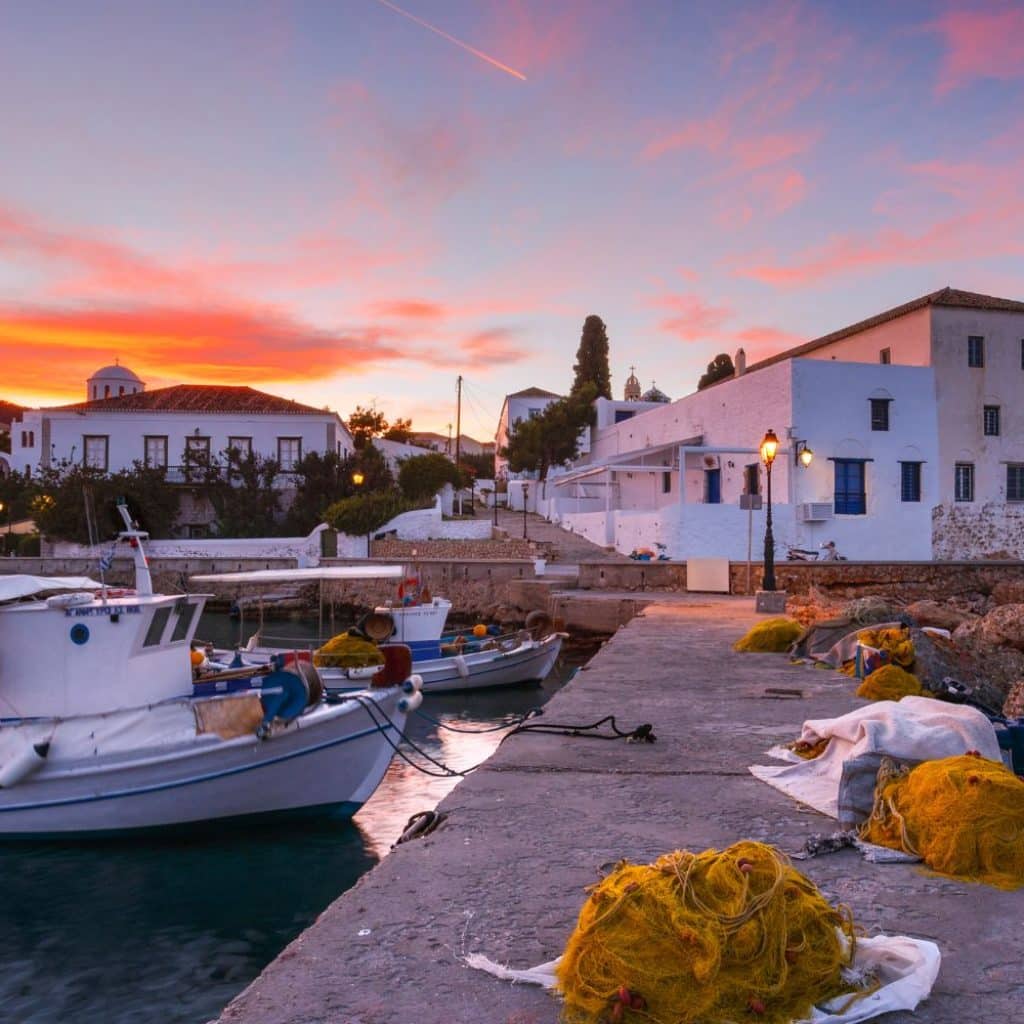Last Updated on 10/11/2023 by Manolis Maragkoudakis
360-Degree Photography and Video: Transforming How We Experience Reality

360-Degree Photography and Vide
Welcome to the future of visual storytelling! Step into a whole new world of immersive experiences as we delve into the captivating realm of 360-degree photography and video. With just a click or a swipe, you’ll find yourself transported to breathtaking landscapes, bustling cityscapes, and awe-inspiring events, feeling as if you’re right in the midst of it all.
360-degree photography and video offer a truly unique way of capturing and sharing moments. It allows for a complete panoramic view, capturing every angle and detail, creating a truly lifelike and interactive experience for viewers. By harnessing the power of cutting-edge technology, these immersive visuals have the ability to engage and captivate audiences like never before.
What is 360-degree photography and video?
360-degree photography and video, also known as immersive or spherical media, refers to the capturing and displaying of visual content in a way that provides a full 360-degree view of the scene. Unlike traditional photography and video, which capture a limited field of view, 360-degree media captures everything in its surroundings, allowing viewers to look in any direction and explore the scene from various angles. This is made possible through the use of specialized cameras or rigs that capture multiple images or videos simultaneously and stitch them together to create a seamless spherical image or video.
The result is a fully immersive experience that puts the viewer at the center of the action. Whether you’re viewing a 360-degree photo on your computer or donning a virtual reality headset to watch a 360-degree video, you’ll feel as if you’re actually present in the scene, able to look around and explore as if you were there in person. This innovative form of media has gained popularity in recent years and is being used in various industries, from travel and real estate to entertainment and marketing.
Benefits of using 360-degree photography and video
The use of 360-degree photography and video offers numerous benefits that traditional forms of media cannot match. Firstly, it provides a more immersive and interactive experience for viewers. Instead of passively observing a scene, viewers can actively engage with the content, exploring different angles and perspectives, and feeling a sense of presence within the captured environment. This heightened level of engagement can lead to increased viewer attention and a more memorable experience.
Secondly, 360-degree photography and video have the ability to transport viewers to places they may never get to visit in person. Whether it’s a remote natural wonder or an iconic cityscape, 360-degree media allows individuals to virtually visit these locations and experience them as if they were physically there. This opens up new possibilities for education, tourism, and cultural preservation.
Furthermore, 360-degree media can be a powerful tool for storytelling. By capturing and presenting a complete view of a scene, storytellers can guide the viewer’s attention to specific elements within the frame, creating a more immersive and impactful narrative. This can be particularly effective in fields such as journalism, where viewers can gain a deeper understanding of events by being able to explore the scene from different angles.
Applications of 360-degree photography and video
The applications of 360-degree photography and video are vast and diverse. Let’s explore some of the ways this immersive media is being used across different industries.
In the travel and tourism industry, 360-degree photography and video are revolutionizing the way destinations are showcased. Instead of relying solely on static images or traditional videos, travel companies can now provide potential visitors with virtual tours of hotels, resorts, and popular attractions. This allows travelers to get a realistic sense of the place they’re considering visiting, helping them make more informed decisions and ultimately driving bookings.
Real estate agents are also benefiting from the use of 360-degree media. Instead of relying on static images or traditional video tours, agents can now offer interactive 360-degree tours of properties. Potential buyers can virtually walk through a property, exploring each room and getting a feel for the layout, size, and ambiance. This not only saves time for both the agent and the buyer but also allows for a more immersive and engaging experience, making it easier for buyers to visualize themselves living in the space.
360-degree photography and video are also being used in the entertainment industry to create immersive experiences for audiences. From virtual reality films and interactive video games to immersive theater productions, this technology is pushing the boundaries of storytelling and audience engagement. Viewers can become active participants in the narrative, exploring different perspectives and uncovering hidden details as they navigate through the immersive content.
These are just a few examples of how 360-degree photography and video are being used. The possibilities are endless, and as the technology continues to evolve, we can expect to see even more innovative applications across various industries.
Equipment and software for capturing 360-degree content
To capture high-quality 360-degree content, you’ll need specialized equipment and software. Let’s take a look at the essential tools you’ll need to get started.
The first and most important piece of equipment is a 360-degree camera. There are several options available, ranging from consumer-grade cameras to professional-grade rigs. Consumer-grade cameras, such as the Insta360 One X or the GoPro MAX, offer a compact and user-friendly solution for capturing 360-degree photos and videos. These cameras typically have built-in stitching capabilities, meaning they can automatically combine multiple images or videos into a seamless 360-degree view.
For more advanced users or professional applications, a multi-camera rig may be required. These rigs consist of multiple cameras mounted in a specific configuration to capture a complete 360-degree view. Some popular options include the Insta360 Pro 2 and the GoPro Omni. These rigs provide higher resolution and more control over the capture process but require additional post-processing to stitch the individual images or videos together.
Once you have captured your 360-degree content, you’ll need software to stitch the images or videos together and create a seamless spherical view. Many 360-degree cameras come with built-in stitching software, but there are also standalone software options available, such as Adobe Premiere Pro or Kolor Autopano Video. These tools allow you to fine-tune the stitching process, adjust the field of view, and add additional effects or overlays to your content.
In addition to the camera and stitching software, it’s also important to have the necessary accessories to ensure a smooth capture process. This may include a tripod or mounting system to stabilize the camera, extra batteries or power banks for extended shooting sessions, and memory cards or hard drives to store your captured content.
Tips for capturing stunning 360-degree photos and videos
Capturing compelling 360-degree photos and videos requires a different approach compared to traditional photography and videography. Here are some tips to help you capture stunning immersive content:
Plan your shot: Before you start capturing, take the time to plan out your shot. Consider the composition, lighting, and any interesting elements you want to include in your frame. Remember that the viewer can look in any direction, so think about what you want them to focus on and how you can guide their attention.
Use a tripod: Keeping your camera stable is crucial when capturing 360-degree content. Invest in a sturdy tripod or mounting system to minimize camera shake and ensure your images or videos are sharp and clear.
Experiment with different perspectives: Since 360-degree content allows viewers to explore the scene from different angles, don’t be afraid to experiment with unique perspectives. Try placing the camera at different heights or angles to create more dynamic and visually interesting compositions.
Pay attention to lighting: Lighting plays a vital role in any form of visual media, and 360-degree content is no exception. Be mindful of the lighting conditions in your scene and adjust accordingly. Experiment with different lighting setups to create mood and highlight important elements within the frame.
Capture audio: Immersive experiences are not limited to visuals alone. Consider capturing audio alongside your 360-degree content to enhance the overall experience. Whether it’s ambient sounds, music, or spoken narratives, audio can greatly contribute to the immersive nature of your content.
By following these tips, you’ll be well on your way to capturing stunning 360-degree photos and videos that will leave your audience in awe.
Post-production techniques for enhancing 360-degree content
After capturing your 360-degree content, there are several post-production techniques you can employ to enhance the final result. Let’s explore some of these techniques:
Stitching optimization: While modern stitching software does a great job of automatically stitching your images or videos together, there may still be some imperfections or misalignments. Use the tools available in your stitching software to fine-tune the stitching process and ensure a seamless result. This may involve adjusting control points, optimizing blending algorithms, or manually aligning specific areas.
Color correction and grading: Just like traditional photos and videos, 360-degree content can benefit from color correction and grading. Use software like Adobe Lightroom or DaVinci Resolve to adjust the white balance, exposure, contrast, and saturation of your images or videos. This will help enhance the overall look and feel of your content and create a more visually appealing result.
Adding overlays and effects: Take your 360-degree content to the next level by adding overlays or effects. This could include text or graphics to provide additional information or context, visual effects to create a specific mood or atmosphere, or even virtual objects or characters to interact with the scene. The possibilities are endless, so don’t be afraid to get creative and experiment with different effects.
Audio editing and spatial sound: If you captured audio alongside your 360-degree content, you can further enhance the immersive experience by editing and spatializing the audio. Use software like Adobe Audition or Reaper to clean up and enhance the audio quality, and then apply spatial sound techniques to create a 3D audio environment that matches the visuals. This will greatly enhance the sense of presence and immersion for your viewers.
These post-production techniques can help take your 360-degree content from good to great, allowing you to create truly captivating and immersive experiences for your audience.
Conclusion
360-degree photography and video have opened up a whole new world of possibilities for visual storytelling. From immersive travel experiences to interactive real estate tours, this innovative form of media has the power to engage and captivate audiences like never before.
By harnessing the latest technology and following best practices, you too can step inside this new dimension and unlock new dimensions of creativity and engagement in your own work. So, grab your camera, explore the world around you, and start capturing stunning 360-degree content that will transport your viewers to new and exciting places.






Post Discussion